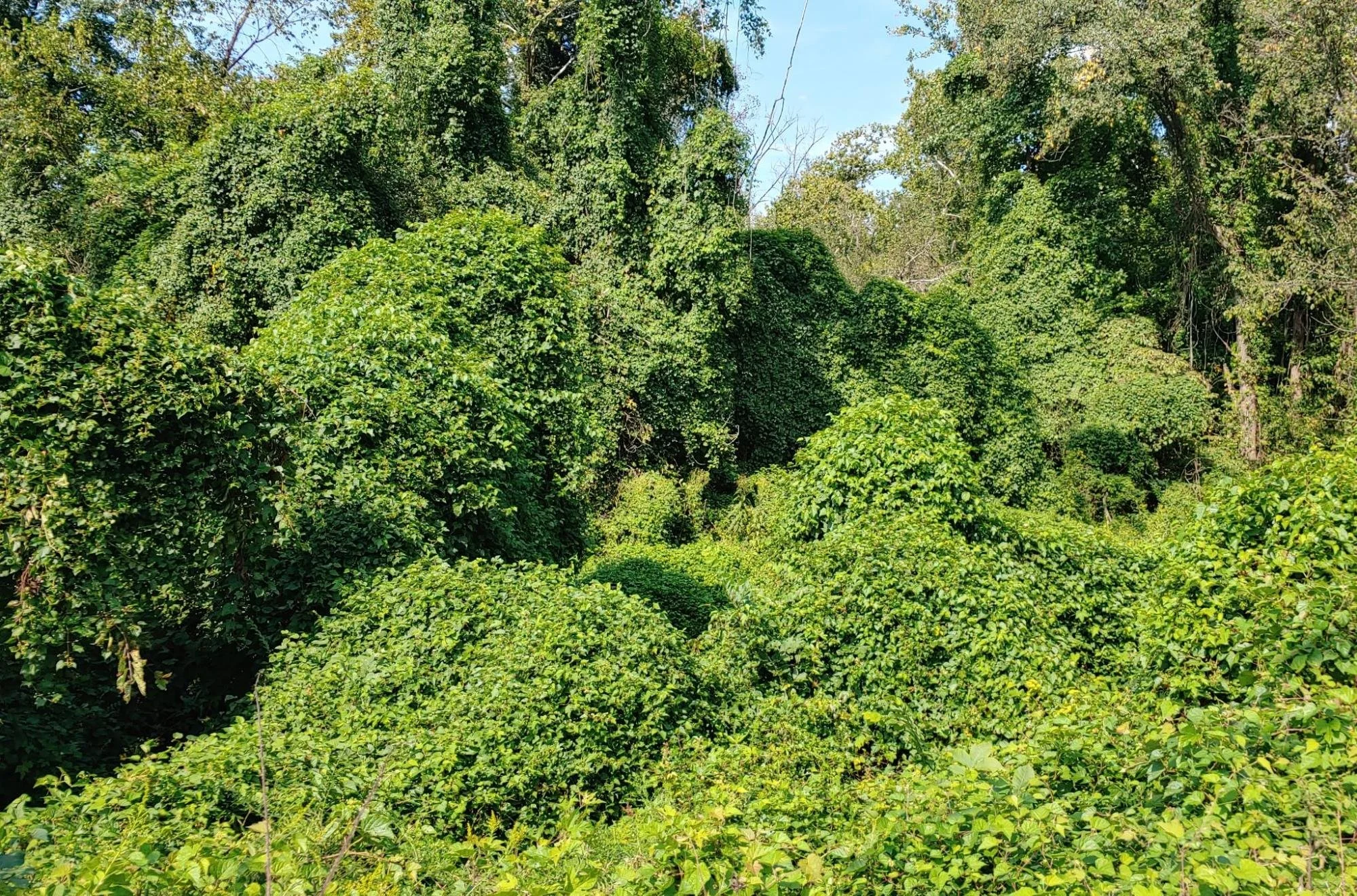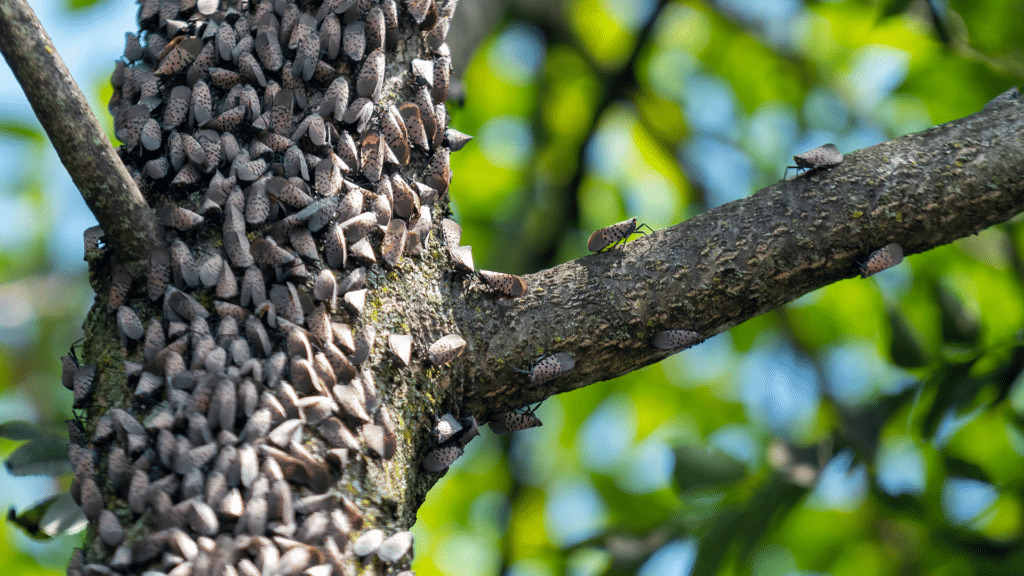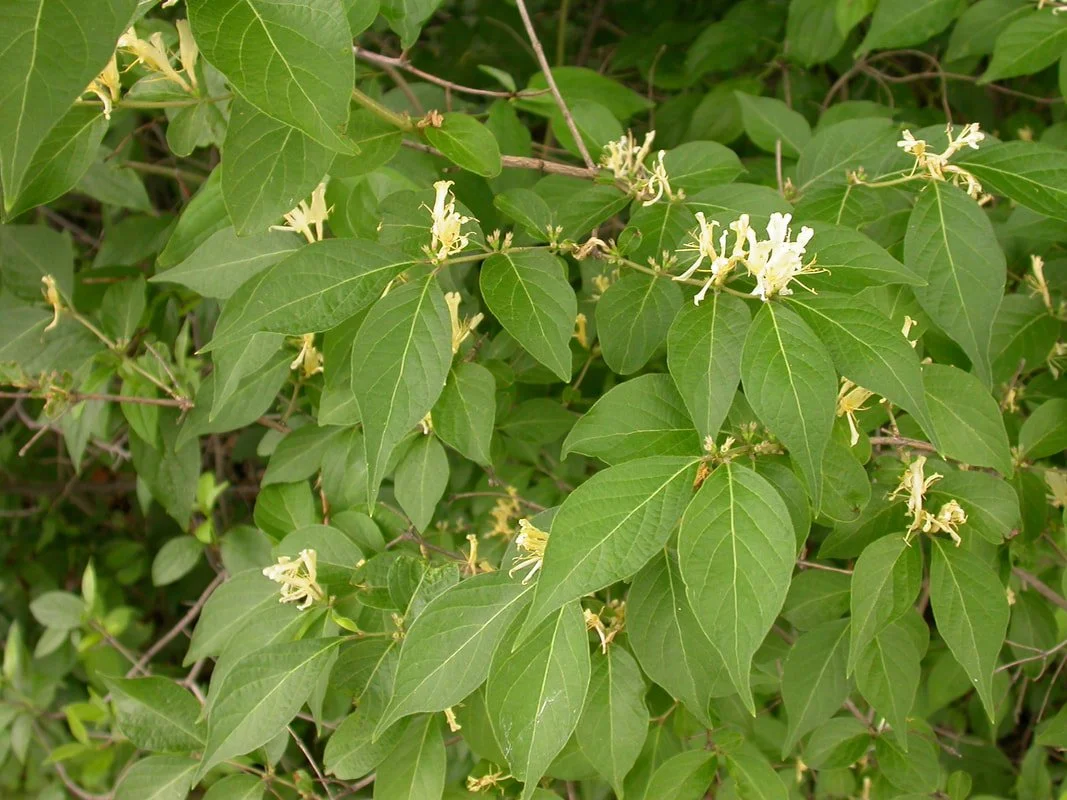
Invasive Species Removal Services
A GROWING PROBLEM
Invasive plant and weed species are a growing problem in Maryland, with well over 200 known invaders spreading through forests, farms, and backyards. The Maryland Invasive Species Council warns that these plants displace native wildlife, damage crops and timber, and drive up control costs across the state. Invasive species are more than a yard nuisance — they’re a direct hit to Maryland’s natural resources and economy.
COMMON INVASIVE PLANT SPECIES
Invasive plant removal in Western Maryland and the Piedmont region
Tree of Heaven, Japanese stiltgrass, garlic mustard, and bush honeysuckle are just a few of the many invasive plant species that can be found in Western Maryland. These plants are often introduced to new areas by human activity, and they can quickly spread and crowd out native plants. Invasive species cause problems for both the environment and the economy. They can alter ecosystems, reduce crop and timber yields, and increase control costs for landowners. In Maryland, Tree of Heaven is considered one of the most troublesome invasive species because of its rapid growth and its role as the primary host of the spotted lanternfly. This fast-growing tree can reach up to 80 feet tall and spreads aggressively by seed and root sprouts. It is often found along streambanks, fencerows, and roadsides. If you suspect Tree of Heaven or other invasive plants on your property, it is important to act quickly to remove them before they spread.
Some of the worst culprits…
-

Tree of Heaven (Ailanthus altissima)
Tree of Heaven isn’t just another fast weed — it’s a super-spreader. It shoots up 10–15 feet in a few years, pushes chemicals into the soil that kill off other plants, and spreads underground so one cut stump turns into a whole patch. Worst of all, it’s the primary host for spotted lanternfly. Once lanternflies show up, they cover trees, patios, and cars with sticky honeydew. That honeydew turns into black sooty mold that kills plants, ruins outdoor furniture, and makes sidewalks slick. Lanternflies also suck the life out of grapes, fruit trees, and maples — a threat to farms and backyard gardens alike.
-

Bush & Japanese Honeysuckle (Lonicera spp.)
Honeysuckle smells sweet, but it’s a silent killer in the landscape. The vine forms thick ropes that strangle trees and fences, while bush honeysuckles fill in woodlines so nothing native survives. Their shallow roots don’t hold soil the way natives do, which means more erosion on slopes and streambanks. The red berries look attractive to birds, but they’re mostly sugar and water — not the fats and proteins birds need to survive migration. That means more invasive honeysuckle spread, but weaker bird populations. Where honeysuckle takes over, the forest goes quiet: fewer wildflowers, fewer insects, fewer birds.
-

English Ivy (Hedera helix)
Ivy might look like groundcover, but it’s one of the most destructive plants in our region. On trees, it climbs and wraps until branches snap under the weight. It blocks light, smothers bark, and can kill mature oaks outright. On buildings, ivy pries into brickwork and siding, holding moisture that rots wood and masonry. On the ground, it forms a dense carpet that suffocates wildflowers and blocks pollinators from the plants they need. Once ivy takes over, you lose songbirds, butterflies, and bees — because the plants they depend on can’t break through.
